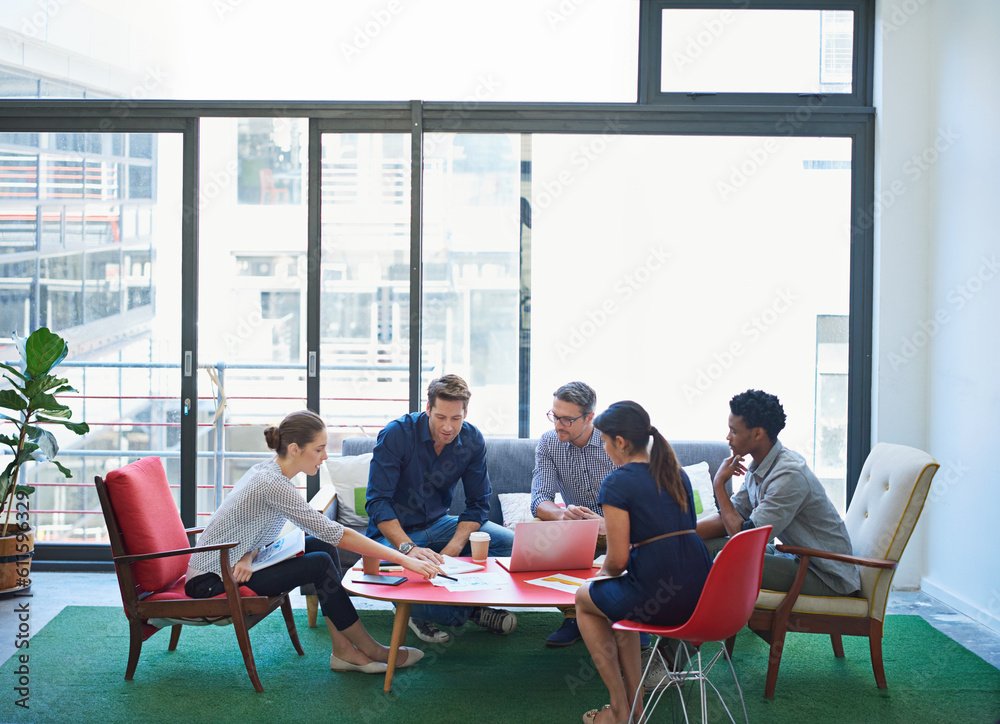
The Circular Economy
The Circular Economy is Good For Business
In 2018, construction and demolition waste, along with furniture, totaled 157 million tons in U.S. landfills, contributing to methane emissions, which are 25 times more potent than carbon dioxide. (EPA) The circular economy is critical if we want to change these dangerous statistics.
The circular economy offers an alternative to the linear take-make-waste model, focusing on resource reuse, refurbishment, and durability, with no 'end of life' concept.
In the circular economy, waste is considered a design flaw. Products are made to be durable, repairable, and endlessly reusable, reducing the need for eventual landfill disposal.
Lisa Whited uses circular economy principles to create circular workplaces. Please read our case study about a project and lessons learned. A circular workplace is good for people, great for business, and better for the planet!
A case study of how circular economy principles can create a circular workplace.
In a world increasingly aware of the environmental impact of commercial buildings, Woodard & Curran embarked on a ground-breaking project. This project was not just about erecting another commercial structure; it was an ambitious attempt to challenge norms and set new standards.
The project was guided by the principles of the circular economy, a concept that reimagines the traditional linear economy of 'take-make-dispose' into a closed-loop system where waste is minimized and resources are continuously reused. Applying these principles to a commercial building project was no mean feat. It required innovative thinking, careful planning, and meticulous execution.
The benefits of creating a circular workplace for the client were manifold. Not only did it reduce their environmental footprint, but it also resulted in significant cost savings in the long run. The efficient use of resources meant less waste, lower maintenance costs, and improved sustainability. The project also helped enhance the client's brand image as a responsible corporate citizen committed to environmental stewardship.
However, the journey was not without its challenges. Convincing stakeholders about the project's viability, sourcing sustainable materials, ensuring compliance with green building standards, and maintaining the balance between sustainability and functionality were some of the hurdles faced during the implementation of the project.
Despite these challenges, the lessons learned were invaluable. The project demonstrated that it was possible to realize the circular economy principles in a commercial building project. It underscored the importance of collaboration, innovation, and persistence in overcoming obstacles and achieving sustainability goals.
The project also served as a resource for future initiatives, providing insights into best practices, potential pitfalls, and practical strategies for implementing the circular economy principles in commercial buildings. The experience garnered from this project will undoubtedly inform and inspire future endeavors, paving the way for more sustainable workplaces that positively impact our environment.
Please read our case study about a project and lessons learned. A circular workplace is good for people, great for business, and better for the planet!
We were fortunate on this project to have found the right client and partners. Thank you to all team members who not only worked hard to create a successful outcome, but also generously shared their thoughts and reflections on this project relative to the circular economy.
Cianbro
Creative Office Resources
Cuningham
DIRTT
Epicycled
MillerKnoll
RedThread Technology
Woodard & Curran
See also: State Of The Circular Workplace 2023 from Green Standards.


